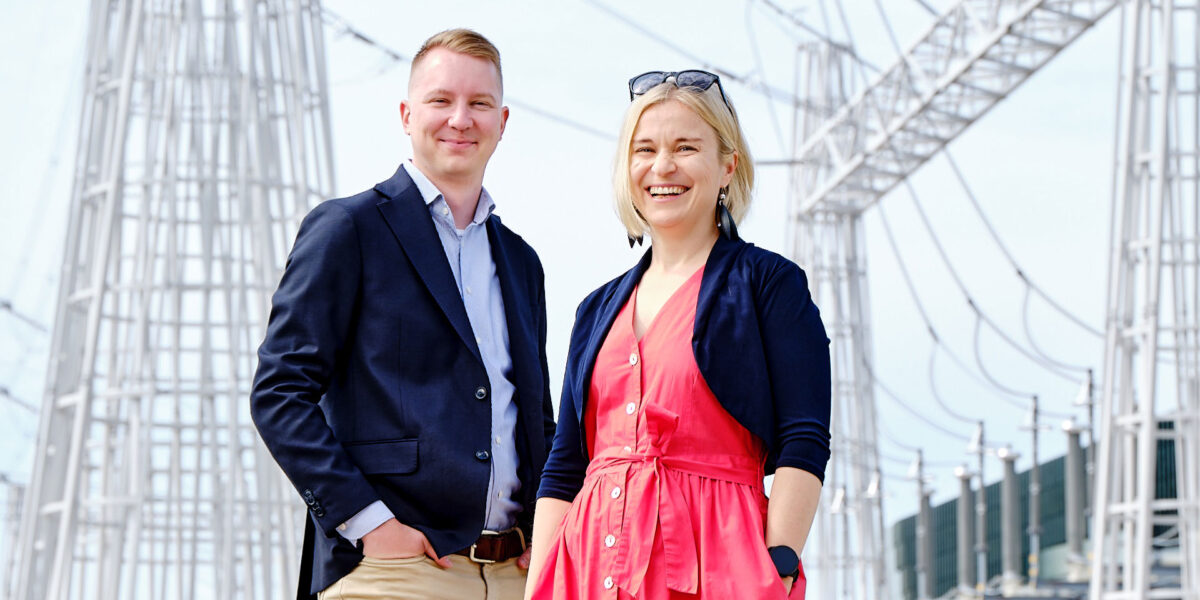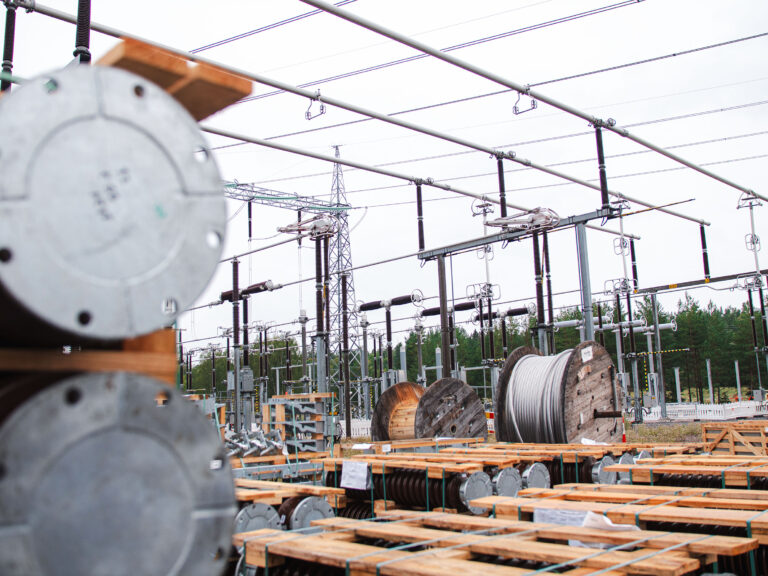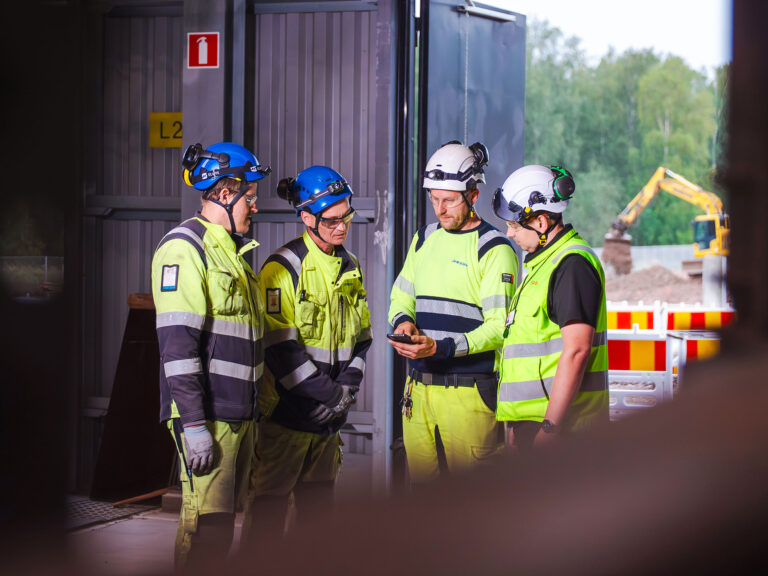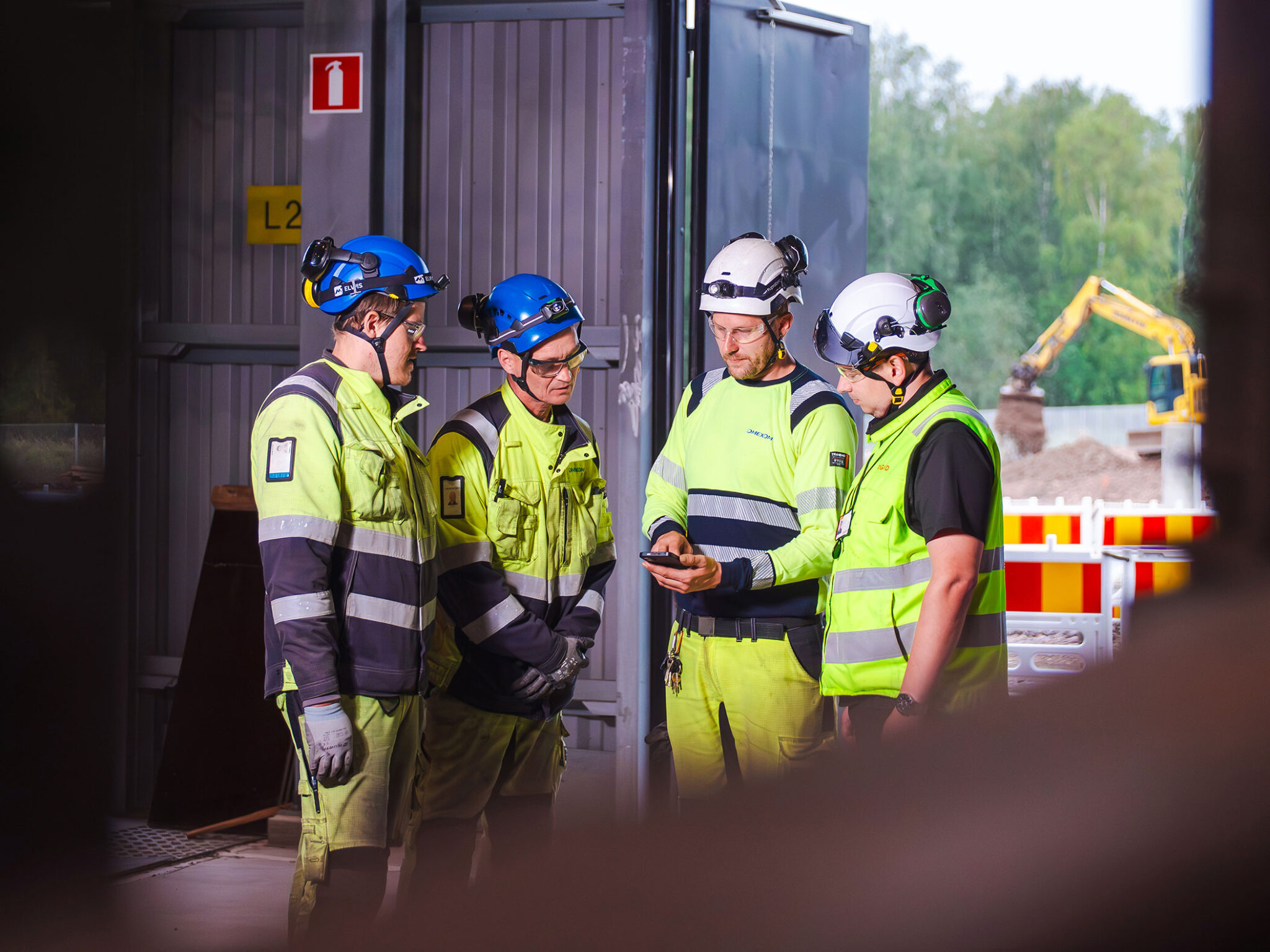Fingrid’s electricity system vision outlines long-term development paths for Finland’s energy system using various scenarios.
The aim is not to predict the future but to create a vision of what is required from the development of the grid to enable different development paths.
“We recognise the investments that are needed for Finland to meet its climate target through electrification and to strengthen its competitiveness for growth,” says Jussi Närhi, Expert at Fingrid’s Strategic Grid Planning unit.
Last published in 2023, the vision was in need of an update.
“We saw the electrification of district heating and industry then, but the pace of change has been tremendous: for example, investments in electric boilers have been made in all major cities and many industrial sites in just few years,” says Närhi.
The hydrogen economy was at the heart of the previous vision, but now data centres have gained ground thanks to the development of artificial intelligence.
Growth challenges the development of the grid
The scenarios are set in a square field where the variables are electricity consumption growth and flexibility.
“In all the scenarios, the consumption will increase with the electrification of industry, heating and transport, and new power-intensive industries, challenging the development of the grid. However, growth is not to be taken for granted – it requires Finland to remain competitive,” Närhi concludes.
Two scenarios include very high consumption growth, and two scenarios include more moderate growth. Another key variable is the flexibility of consumption, which has a major impact on the development of the electricity system and the investments needed.

In the high-growth scenarios, electricity consumption in Finland is projected to roughly triple from today’s levels. True to their names, demand-side investments in the Power to Data scenario are mainly in data centres, and in the Highway to H2 scenario in the hydrogen industry.
In these scenarios, the backbone of Finland’s competitiveness is the large increase in onshore wind and solar power production. Flexibility from energy storages and peaking power plants will ensure reliable supply for data centres, while hydrogen grid and large-scale storages will allow flexibility in hydrogen production. In these scenarios in particular, the demand for electricity transmission will grow very strongly and in addition to grid development also other solutions are likely required to enable the growth.
In the more moderate growth scenarios, consumption increases by a factor of 1.5–2 times compared to today. The idea behind the Flexibly Forward scenario is the growth of demand-side response. In industry, flexible consumption is represented especially by electric boilers for district heating and the production of hydrogen by electrolysis. In contrast, households, electric cars and their smart bidirectional charging play a major role.
Flexible consumption combined with the growth of offshore wind and residential solar power will contribute to the development needs of the grid.
In the Stable Supply scenario, consumption is largely inflexible, onshore wind is limited and stability in electricity production is desired, which is why the construction of a new nuclear power plant is supported.
“Connecting large-scale nuclear power to the main grid brings its own perspective to the development,” says Närhi.
Continuous work
During the drafting phase, stakeholders were also given the opportunity to comment on the electricity system vision. It is based on work that is being carried out in Fingrid’s Strategic Grid Planning on an ongoing basis.
“It takes a long time to build a network, so we have to look at development needs at least five, often ten or fifteen years ahead,” says Head of Strategic Grid Planning Annika Ahtiainen.
The unit constantly monitors changes in the electricity system, such as consumption and generation trends, which are significantly influenced by the number of connection enquiries. In addition to the biennial electricity system vision, an assessment of consumption and production trends over approximately ten years is carried out twice a year.
We want to enable as many operators as possible to connect to our network.
”This is the so-called best estimate of the future development of the electricity system because sometimes a simpler model is needed. In scenario work, on the other hand, we deliberately bring out different options for the future,” says Ahtiainen.
There are already 400 gigawatts of production connection enquiries and around 60 gigawatts of consumption enquiries. The huge number of enquiries leads to very different pictures of the future, and rapid changes are hard to keep up with.
“Of course, we want to enable as many operators as possible to connect to our network. At the same time, we are developing transmission connections to other countries to ensure that Finland is not an island in terms of its electricity system.”







